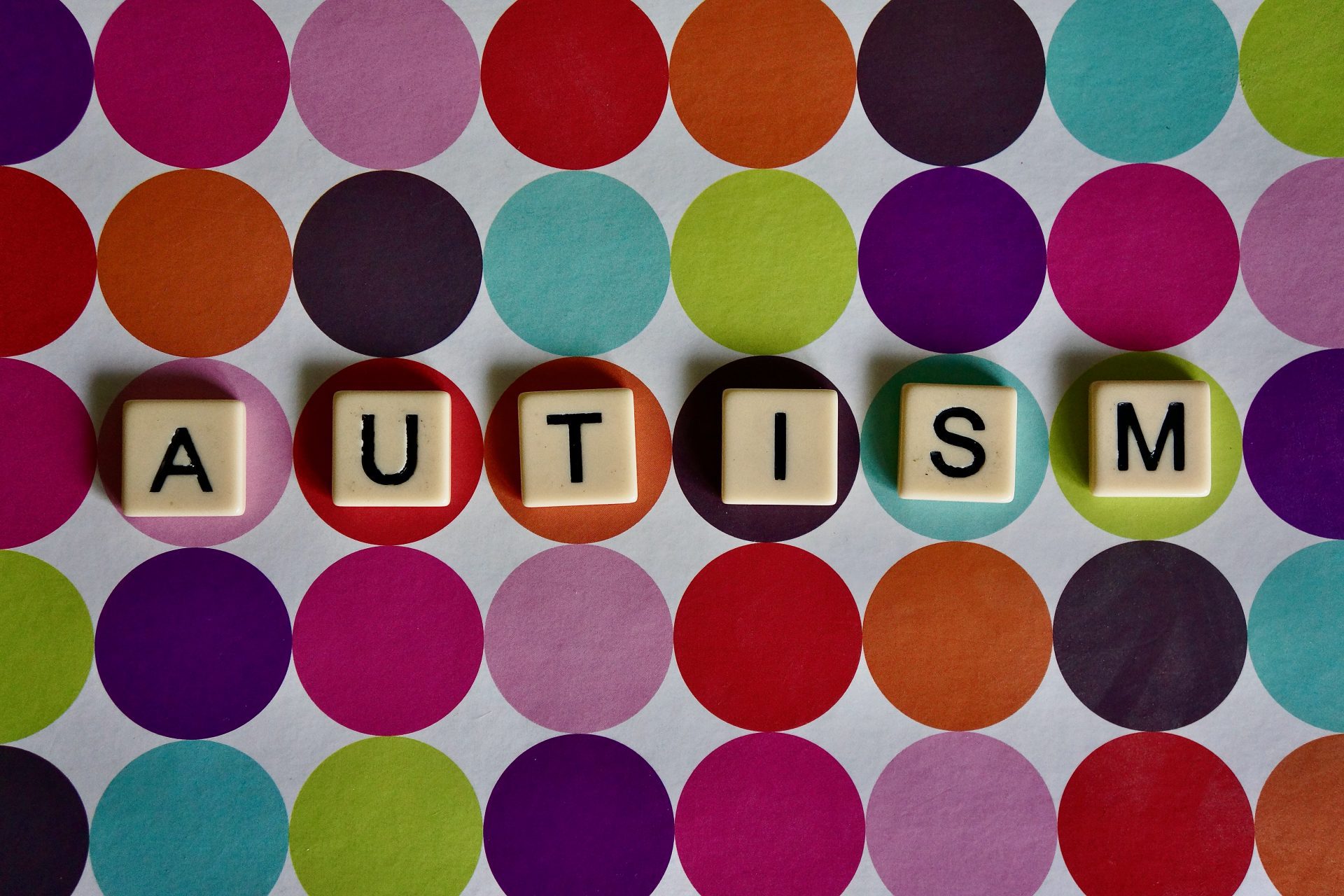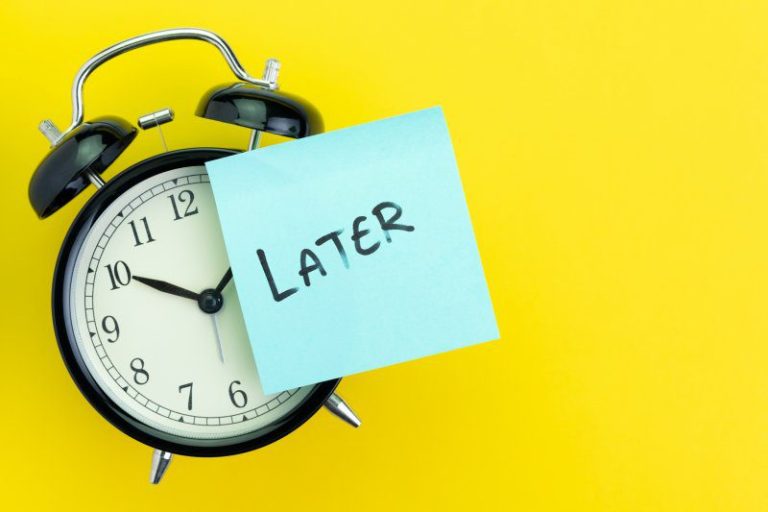Receiving an autism diagnosis. What’s next?
Receiving an autism diagnosis can be terrifying for every parent. At first, it is natural to focus on the lengthy (and sometimes costly) process of diagnosis. While receiving a diagnosis can clear up some questions, the next battle starts.
What comes next?
The mean age of an autism diagnosis is 4 years and 3 months (Maenner et al., 2020). Unfortunately, most of the time there is a gap between receiving the diagnosis and getting access to specialized services (Crane et al., 2015). Taking into consideration that 60% of individuals diagnosed with ASD will develop problem behavior (Murphy et al., 2009), it is easily understood that interventions that prevent the development of severe problem behavior are needed.
The Balance Programme (Ruppel et al., 2021) is designed to bridge that gap of receiving a diagnosis and accessing specialized services, by helping parents teach their children life skills that will prevent future problem behavior. This works by strengthening the trust in the parent-child relationship and ultimately developing major life skills, like communication, toleration and cooperation.
How does this work?
Initially, you will go through an assessment process that entails answering some questions in the form of an interview, but also showing to the professional how your usual day-to-day interactions with your child look like. Following this, the professional will suggest what the next steps should be. After you decide on the areas you will focus on, you will have the opportunity to learn new skills, practice and receive feedback, by having the professional attending a home session, or simply sending a short video.
Based on these observations, you will receive a fifteen-minute weekly meeting, where you will receive additional support, feedback and will practice your newly learned skills through role play if needed. In this way, your progress will be accurately tracked.
The final goal of this programme is to create a balance between interactions led by the child and interactions led by the parent. This can happen through learning to share control and how both parents and children can be present and available for each other.
If you want to learn more about the Balance Programme and how to receive support regarding your child’s ASD diagnosis, you can always explore your options by seeking professional help.
If you think that you can benefit from professional support on this issue you can reach out here.
Elena Marinopoulou is a Behavior Analyst with Willingness Team. She works with
children and adults and has a strong interest in parent training, sleep and feeding
issues emerging during childhood, as well as Acceptance and Commitment Therapy.
References
Maenner, M., Shaw, K., Baio, J., Washington, A., Patrick, M., & DiRienzo, M. et al. (2020). Prevalence of Autism Spectrum Disorder Among Children Aged 8 Years — Autism and Developmental Disabilities Monitoring Network, 11 Sites, United States, 2016. MMWR. Surveillance Summaries, 69(4), 1-12. doi: 10.15585/mmwr.ss6904a1
Ruppel, K., Hanley, G., Landa, R., & Rajaraman, A. (2021). An Evaluation of “Balance”: a Home-Based, Parent-Implemented Program Addressing Emerging Problem Behavior. Behavior Analysis In Practice, 14(2), 324-341. doi: 10.1007/s40617-020-00490-3
Crane, L., Chester, J., Goddard, L., Henry, L., & Hill, E. (2015). Experiences of autism diagnosis: A survey of over 1000 parents in the United Kingdom. Autism, 20(2), 153-162. doi: 10.1177/1362361315573636Murphy, O., Healy, O., & Leader, G. (2009). Risk factors for challenging behaviors among 157 children with autism spectrum disorder in Ireland. Research In Autism Spectrum Disorders, 3(2), 474-482. doi: 10.1016/j.rasd.2008.09.008






